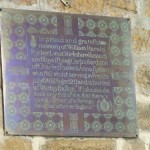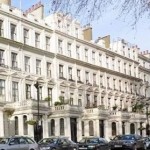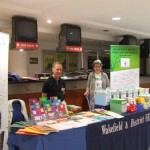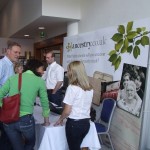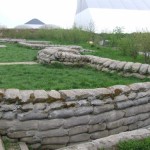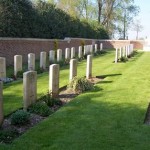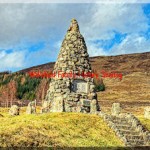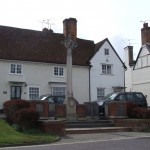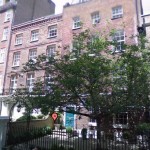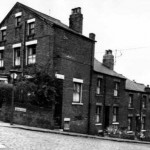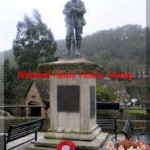While writing a previous blog I remembered my visit to Bardsey Church a few years ago and while clicking through the pictures I took on that morning I found one, a photo of a memorial plaque.
What do we know about this young man from the plaque on the wall of the church?
He was called William Harold Ryder, the third son of Charles Foster and Anna Ryder. Now another question arises, who are they as there is also a memorial to them.
But back to William, he served during WW1 as a Lieutenant in the Royal Flying Corps and fell whilst serving in France on July 6th, 1917 aged 20 and rests in Warloy Baillon.
The information on the memorial inside the church gives a good start to finding out more about William.
William, as we know, was the son of Charles Foster Ryder and his wife Anna. Anna died in 1907 and a memorial in the church informs all that Charles Foster had the church floor relaid to its original level in 1914 in memory of his wife.
Charles F Ryder married Anna Potter on 7th February 1888 at Christ Church, Lancaster Gate. Charles was aged 32, a bachelor of Chapel Allerton and the son of Charles Ryder a brewer. While his new wife was aged 25, a spinster with no occupation living at 48 Cleveland Square, the son of William Potter (decd.), a merchant. Witness to this joyful event were Anna(?) L Ross and W Henderson.
Anna, in the census of 1881 was living with her father, William and mother Agnes (both from Manchester) at 48 Cleveland Square, where William gave his occupation as that of East India Merchant. In the household were the parents, Anna and her brother and 7 servants.
In the census of 1901 Charles F, a brewer is living on Leeds Road, Scarcroft with his children – Daniel G aged 8, Agnes L aged 6 and Wm H aged 4, Rosamund aged 2 and Marion E Harrison a visitor – Anna is not with her husband in the census. But a search for Anna born in 1863 in Little Missenden, find an Anna Ryder living as married Head of The Hall, Little Thurlow, Suffolk. With Anna is Georgina M Bryant a 25 year old trained hospital nurse and other staff – could Anna have been sickly and lived in the country for her health?
By 1911 Charles is a Brewery Director, more than likely Tetley’s Brewery, and living at The Grange, Scarcroft. On the census for The Grange is Charles F, Agnes Louisa, Rosamund Daphne and 7 servants. The Grange was a 20 roomed property with 10 persons living within its walls. William now aged 14 was a boarder at Uppingham, one of Englands Public Schools. The school seeing many people pass through its doors who have now become well known including:- 5 Victoria Cross recipients; Richard Thorp, actor ; John Suchet, journalist and broadcaster ; Phil Spencer, property expert ; C R W Nevison, Official War Artist in both World Wars ; Sir Donald Campbell ; Sir Malcolm Campbell and William Henry Pratt aka Boris Karloff to name just a few.
William served in the RFC and his medal card states that he had served in the Yorks Hussars as a Lieutenant but there is no mention of any medals awarded in his name, but his date of death is recorded in the remarks section.
William died on 6 July 1917 and Probate was granted in London on June 8th, 1918, to Charles Foster Ryder, gentleman.
